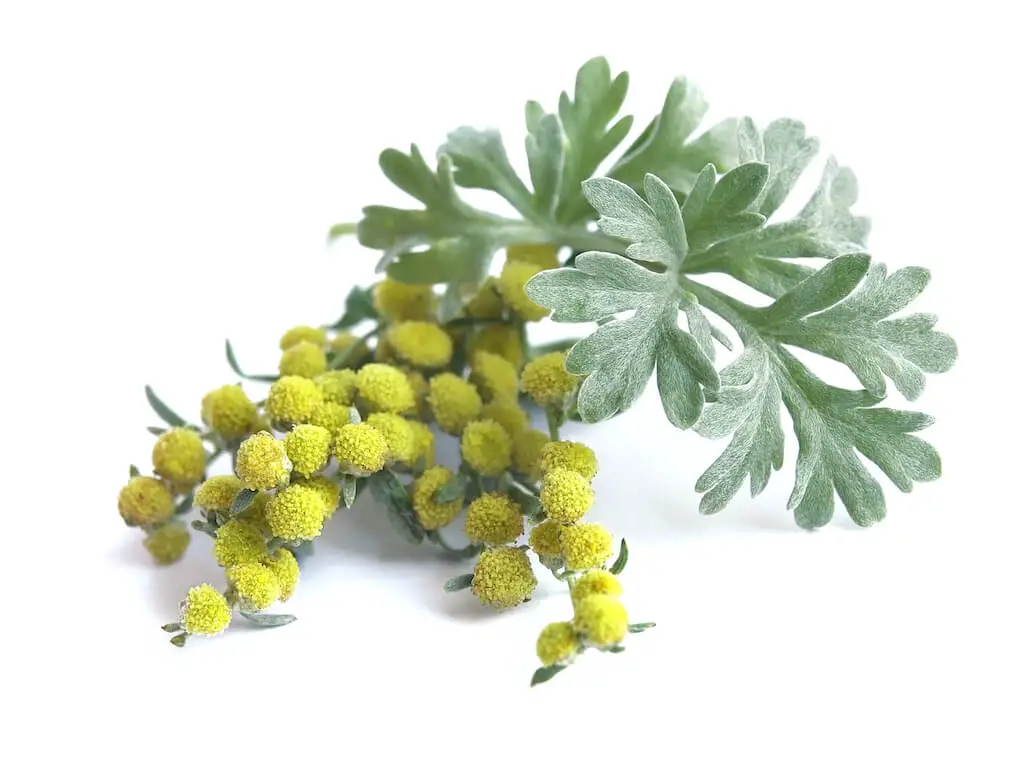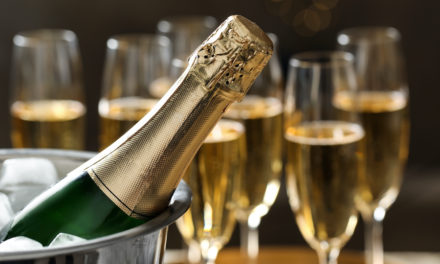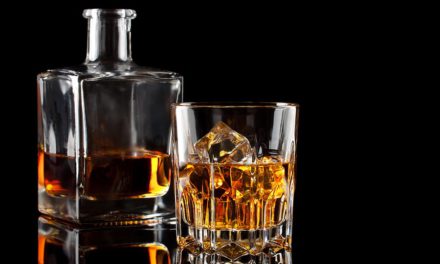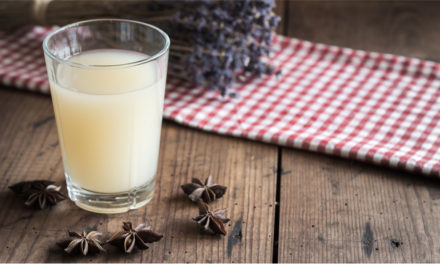When you think of France, you think of wine. But France is also the birthplace of many spirits that have become famous all over the world. Amongst these, one of the most famous alcoholic drinks, either for its qualities or for its prohibition in the early 19th century, is the absinthe!
Also known as the green fairy, this alcohol, which is drunk as an aperitif, is made from aromatic spices, and is composed of the plant known as grand wormwood, green anise, fennel, hyssop and melissa. Each distiller then adds spices in greater or lesser quantities according to his taste.
How is absinthe served?
The correct way to drink absinthe has a ritual. A special glass is used, on which is placed an “absinthe spoon” (a stainless-steel spoon with holes allowing the alcohol to flow out), with a cube of sugar on top. You pour the quantity of absinthe indicated by the glass and add a splash of fresh water. You are ready to taste it!

Where was absinthe invented?
Absinthe, or the green fairy as it is called, originates from France or Switzerland. We don’t know for sure. Legend has it that a French doctor, a certain Pierre Ordinaire who had emigrated to Switzerland, developed a spice-based medicine including absinthe around 1792. What is certain is that…
In 1797, Daniel-Henri Dubied, developed the first absinthe distillery in Couvet, Switzerland, with his son-in-law Henri-Louis Pernod. Eight years later, in 1805, the latter separated from his father-in-law’s family business and founded his own distillery with his wife, Pernod Fils, in Pontarlier, in the Franche-Comté region of France.
Why is the green fairy so famous?
From the mountains of the Jura, absinthe has conquered the world and has become the drink of choice in Parisian cafés and bars. So much so that the aperitif hour was called “l’heure verte”. This craze, absinthe probably owes it to three things…
First, the French army in its campaigns of conquest and colonization was encouraged to drink absinthe to fight diseases such as malaria or to purify the water. However, the soldiers back in France continued to drink the spirit that gave them so much pleasure. The second reason would be its low price compared to the high price of wine due to the bad harvests of the latter throughout the 19th century. And finally, its popularity in the art world of the time because of its reputation for helping the development of the imagination.
Artists such as Pablo Picasso, Edgar Degas, Edouard Manet, Vincent Van Gogh, Henri de Toulouse-Lautrec, Paul Verlaine, Arthur Rimbaud, and Charles Baudelaire have praised the merits of this drink.
Absinthe ban
The growing fame of the green fairy was also accompanied by attacks all over the world.
It was banned at the beginning of the 20th century in the United States, Switzerland, Belgium, the Netherlands and of course France because of the many cases of insanity, suicide and violence that were attributed to it.
It was thujone, the active ingredient in the wormwood plant, that was blamed for the hallucinogenic effects. Through studies, it was determined that the cause of the hallucinations and their consequences was due to the consumption of high doses of this alcohol. Due to prohibition, absinthe became a clandestine drink in its region of origin, which allowed the ancestral recipes to be kept and even improved until, at the beginning of the 21st century, prohibition was lifted in Europe and in France in 2011.

Absinthe today
Today, absinthe is produced in France by a dozen distilleries (respecting the European limit of 35mg/kg of thujone). Its production and sales have gradually increased, while remaining a specialty of its region of origin.
There is a “route de l’absinthe”, a cross-border project between the Val de Travers (Switzerland) and the Pontarlier region (France), which can be followed to discover the industrial, cultural, and historical sites linked to the absinthe. In Pontarlier, we must mention the Armand Guy distillery which, on August 19, 2019, obtained from the European Commission the Geographical Indication of spirit drink, thus protecting the appellation “Absinthe de Pontarlier” on the whole European territory.
A votre santé !





